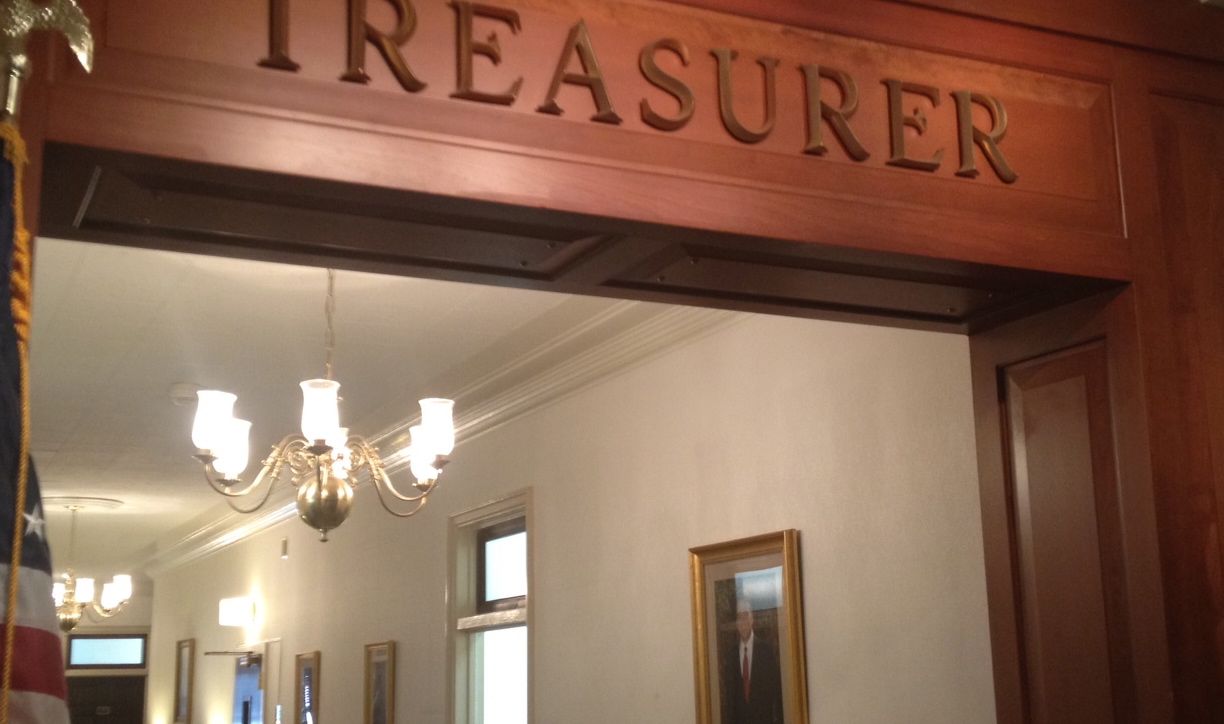(Columbia, SC) – State Treasurer Curtis M. Loftis, Jr. requested today that approximately $106 million in additional fees paid to hedge fund managers be disclosed by the South Carolina Investment Commission in its annual report and financial statements. Treasurer Loftis sent a letter to pension fund consultants Hewitt ennisknupp (HEK) outlining the non-reporting.
“Fully complying with state law to present all known fees such as the approximately $106 million in previously undisclosed fees will encourage other states to follow our lead,” Treasurer Loftis said. “These fees are a hidden drag on public pension plans in South Carolina and around the country. Transparency is the only way to ensure that the money contributed by taxpayers and public service employees is effectively managed.”
South Carolina’s investment expenses for fiscal year 2012 were $296 million, while making only $125 million. Adding the $106 million of non-reported fees would bring the 2012 expense to $402 million. SC pays one of the highest fee rates in the country while consistently being in the bottom 35% in earnings.
“Without knowing the true cost of our investments, we cannot know how much money we actually make,” Treasurer Loftis said. “The public and members of the General Assembly deserve to know the grand total of our investment expense so we can assess how best to invest the pension funds.”
Treasurer Loftis wrote in a letter to the Commission’s consultant:
“These $106,826,917 bottom-layer fees are not presently disclosed as investment expenses in our annual report even though they were fees incurred by the plan. I believe this oversight can be remedied this fiscal year by including the bottom-layer fees in the disclosure in our annual report, in a footnote to the financial statements of the retirement system, and in future reports concerning fees by Hewitt and other consultants.”
###
Editor’s Note: The above communication is a news release that does not necessarily reflect the editorial position of FITSNews.com. To submit your letter, news release, email blast, media advisory or issues statement for publication, click here).

8 comments
Stay on them Mr. Treasurer. We are with you!
Stay on them Mr. Treasurer. We are with you!
Curt, you are beginning to feel a little strident. Your credibility is being strained.
Curt, you are beginning to feel a little strident. Your credibility is being strained.
The add’l expenses are netted into earnings. So, while perhaps more transparent, simple accounting would dictate that there would be an offsetting entry to investment income. So you would gross up expenses by 106 and investment earnings by 106. The net effect is zero.
One must always know the cost of an investment. High fees must be paid, and in fact must be earned. Additional risk is taken to earn the fees. That may be aceptable if all variables are managable. Perhaps that is the case here, but the fees must me identified and accounted for, otherwise one is simply guessing.
The add’l expenses are netted into earnings. So, while perhaps more transparent, simple accounting would dictate that there would be an offsetting entry to investment income. So you would gross up expenses by 106 and investment earnings by 106. The net effect is zero.
One must always know the cost of an investment. High fees must be paid, and in fact must be earned. Additional risk is taken to earn the fees. That may be aceptable if all variables are managable. Perhaps that is the case here, but the fees must me identified and accounted for, otherwise one is simply guessing.